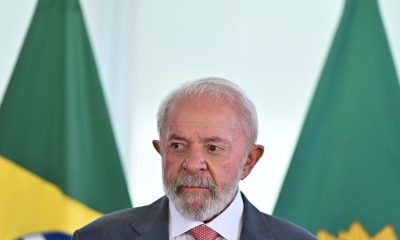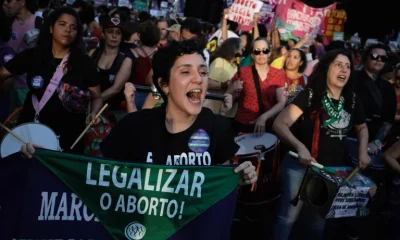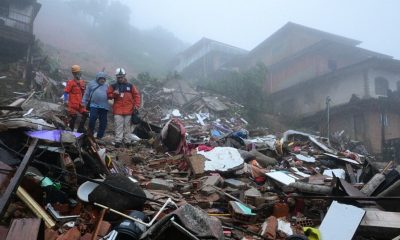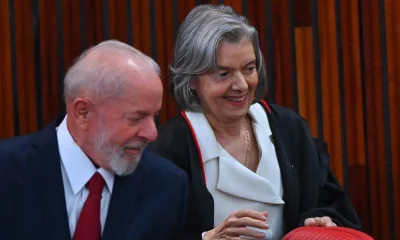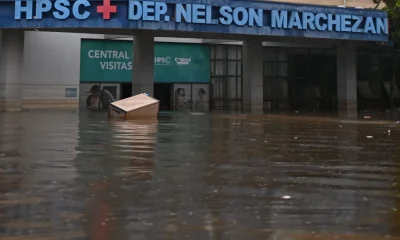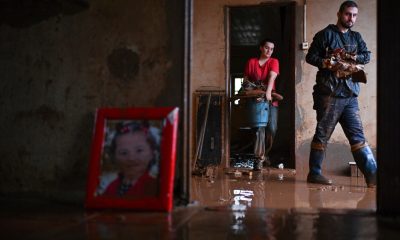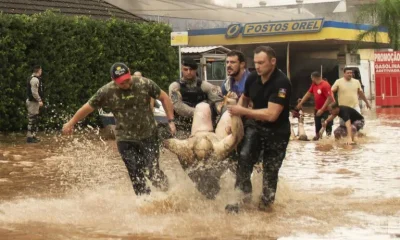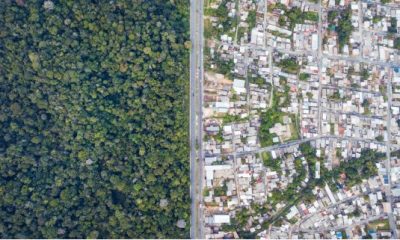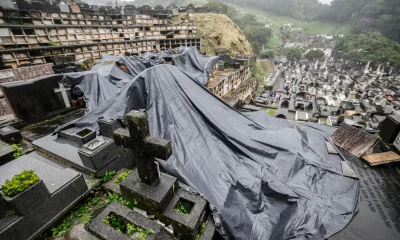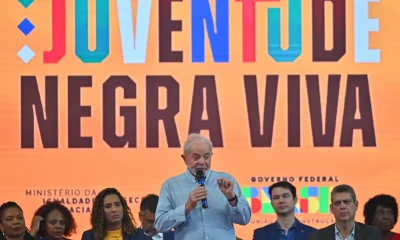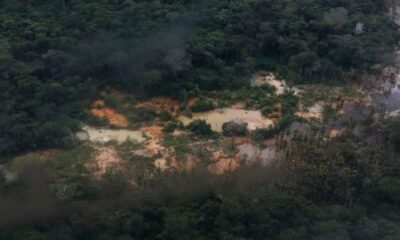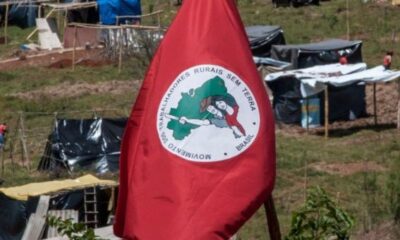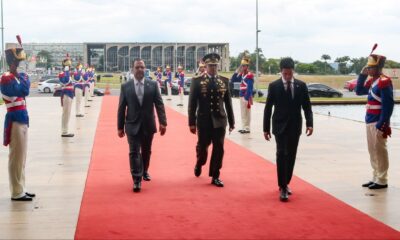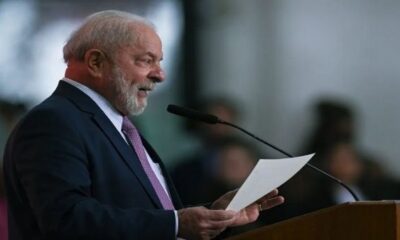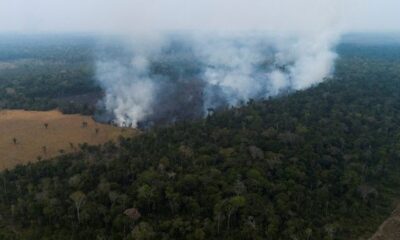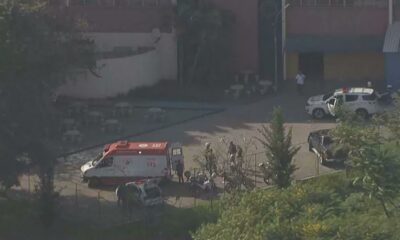International
President Lula proposes to advance the integration of South America
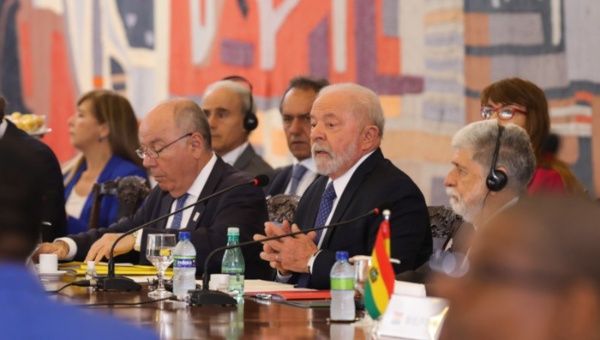
May 30 |
The president of Brazil, Luiz Inácio Lula da Silva, opened the summit of South American leaders on Tuesday with a speech in which he stressed the importance of regional integration for “strengthening unity”.
“I have the firm conviction that we need to reinforce our commitment to the region”, assured Lula, who considered that “the integration of South America depends on the feeling of remaining part of the same community”.
The Brazilian leader said that the elements that unite the region “are above ideologies”. “No country can face the current threats in isolation,” he warned.
The Brazilian president called for overcoming ideological differences that affect the will for integration, when inaugurating in this capital the summit of leaders of South American countries.
“In the region, we let ideologies divide us and interrupt the integration effort. We abandoned channels of dialogue and cooperation mechanisms and, with that, we all lost, Lula declared before 11 leaders gathered behind closed doors at the Itamaraty Palace, headquarters of the foreign ministry in Brasilia.
Lula mentioned the “deep marks” left by the coronavirus pandemic and the danger of hate speech on social networks.
“From Patagonia and Atacama to the Amazon, from the Cerrado and from the Andes to the Caribbean, we are a vast continent bathed by two oceans. We are a human, historical and cultural, economic and commercial entity, with common needs and hopes,” he said.
Lula highlighted his country’s willingness to resume regional integration instruments, such as the Union of South American Nations (Unasur) and the Community of Latin American and Caribbean States (Celac).
“South America has before it, once again, the opportunity to walk the path of union. And I do not need to start from scratch,” he said.
The host president also suggested a series of proposals for the development of South America, such as investments in infrastructure and development projects, in the fight against climate change, in vaccination coverage, in the constitution of an energy market, in academic mobility programs, and in the area of defense.
Lula proposed the creation of a “high level group”, formed by representatives of the presidents, to prepare within 120 days a new “road map for the integration of South America”.
He highlighted some of the points to be discussed with the South American presidents: – 1) – To place economic reserves at the service of regional development. 2) – To deepen the regional economic identity in order to reduce dependence on foreign currencies. 3) – To expand cooperation in services, investments, electronic products. 4) – To update the plan of the South American Council of Infrastructure. 5).- To develop actions against climate change. 6) – Reactivate the South American Institute of Government in Health (ISAGS/Unasur).
International
Trump Orders Construction of New ‘Golden Fleet’ to Revitalize U.S. Naval Superiority

President Donald Trump issued an executive order this Monday for the immediate construction of two new warships that will bear his name. These vessels will be the pioneers of what he described as the “Golden Fleet,” a future generation of “Trump-class” battleships that he claimed would be “100 times more powerful” than those currently in service.
The announcement took place at his private residence in Mar-a-Lago, Florida. The President indicated that following the initial two ships, the administration aims to commission up to 25 additional vessels. He is scheduled to meet with Florida-based contractors next week to expedite production, criticizing existing defense firms for failing to deliver results efficiently.
This naval expansion is a cornerstone of Trump’s goal to revitalized the American shipbuilding industry and address the strategic gap between the U.S. and competitors like China.
The move comes amid heightened geopolitical tension. Just last week, Trump ordered the seizure of all sanctioned tankers involved with Venezuela’s “ghost fleet” to cripple the country’s crude oil industry. Since December 10, the U.S. military—deployed in the Caribbean under the guise of counter-narcotics operations—has already detained two tankers linked to Venezuelan oil transport.
International
U.S. Judge Blocks ICE from Re-detaining Salvadoran Erroneously Deported Under Trump Administration

A U.S. federal judge ruled this Monday, December 22, that Immigration and Customs Enforcement (ICE) is prohibited from re-detaining Salvadoran national Kilmar Ábrego García, who was erroneously deported to El Salvador earlier this year during the administration of President Donald Trump.
During a hearing in Maryland, U.S. District Judge Paula Xinis ruled that Ábrego García must remain free on bail through the Christmas holidays, concluding that his initial detention lacked a legal basis. The ruling follows a request from his legal team for a temporary restraining order to prevent ICE from carrying out a new arrest.
Earlier this month, on December 11, Judge Xinis ordered his release from a Pennsylvania migrant detention center after determining that the government had detained him without a formal deportation order. In 2019, an immigration judge had already ruled that Ábrego could not be returned to El Salvador because his life was in danger.
Despite that protection, Ábrego García was deported in March 2025 following a raid by the Trump administration. Officials argued at the time that he was a gang member, and he was sent directly to the Center for the Confinement of Terrorism (CECOT) in El Salvador. In June, he was returned to the United States to face a new trial for alleged human smuggling—a charge he denies.
On Monday, Judge Xinis also temporarily invalidated a new deportation order issued by an immigration judge following Ábrego’s recent release, granting him legal protection through the coming weeks. His trial is scheduled to begin in Tennessee in January 2026.
International
Fire at substation triggers major blackout in San Francisco
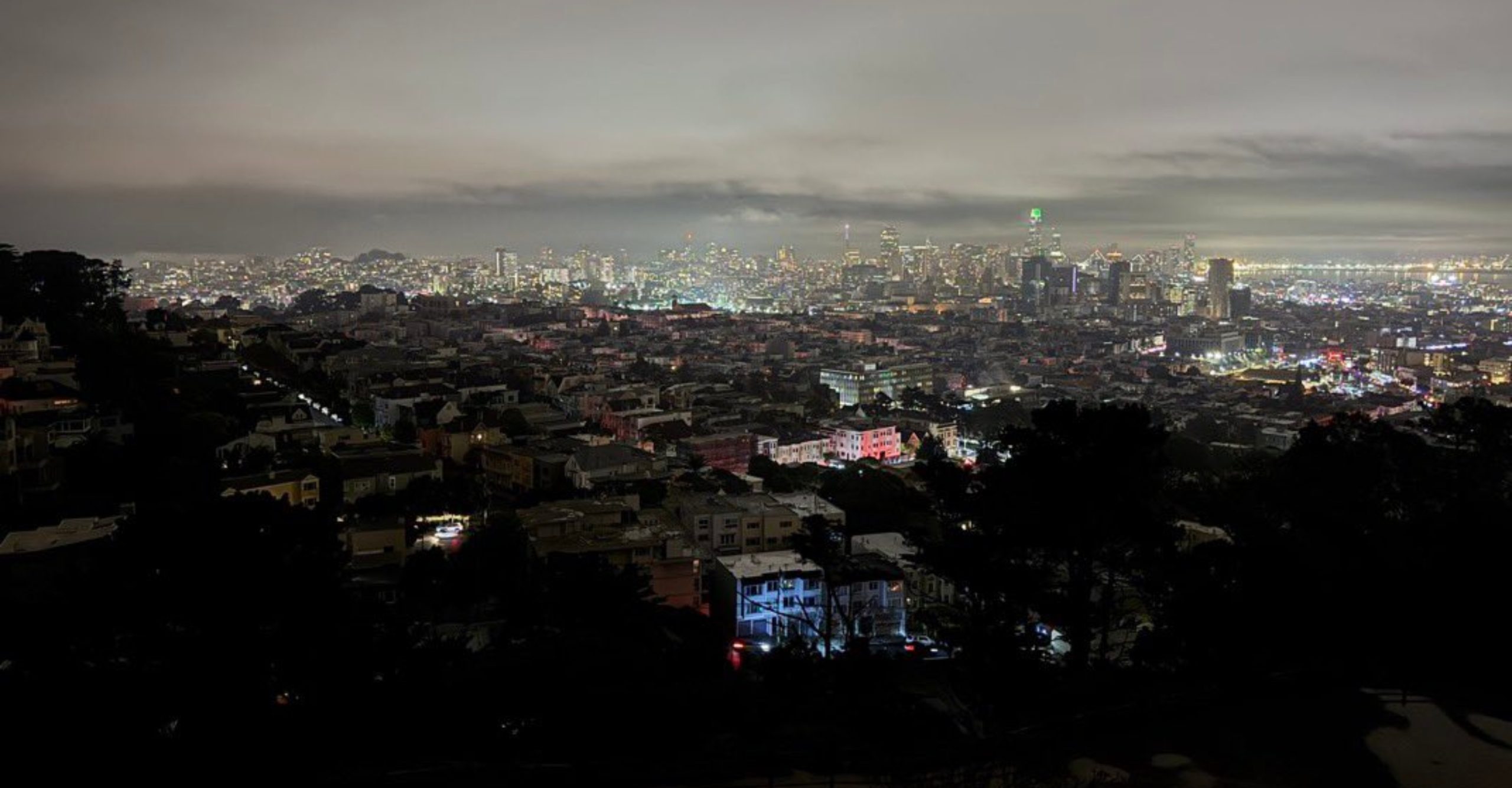
The U.S. city of San Francisco was plunged into darkness Saturday night after a power outage left about 130,000 customers without electricity, although the utility company said service was restored to most users within hours.
Pacific Gas & Electric Company (PG&E) said in a statement posted on X that nearly 90,000 homes had their power restored by 9:00 p.m. local time (05:00 GMT on Sunday), while the remaining 40,000 customers were expected to have service restored overnight.
Large areas of the city, a major technology hub with a population of around 800,000, were affected by the blackout, which disrupted public transportation and left traffic lights out of service during the busy weekend before Christmas, a crucial period for retail businesses.
“I know it’s been a difficult day,” San Francisco Mayor Daniel Lurie said in a video posted on social media from the city’s emergency operations center. “There has been progress, but for those still without power, we want to make sure they are safe and checking in on their neighbors,” he added.
Lurie said police officers and firefighters advised residents to stay home as much as possible. He also noted that officers and traffic inspectors were deployed to manage intersections where traffic lights were not functioning.
The mayor confirmed that the outage was caused by a fire at an electrical substation. Parts of the city were also covered in fog, further complicating conditions during the incident.
As a result of the blackout, many businesses were forced to close despite it being the weekend before Christmas. The sudden drop in shopper traffic ahead of the holiday is “devastating” for retailers, the manager of home goods store Black & Gold told the San Francisco Chronicle.
-

 International5 days ago
International5 days agoPentagon confirms Trump pick for SouthCom as U.S. military pressure grows
-
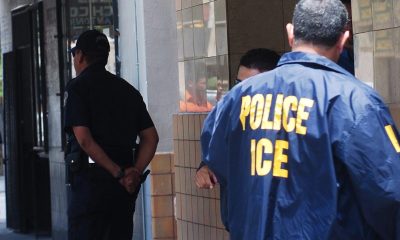
 International3 days ago
International3 days agoU.S. Judge Blocks ICE from Re-detaining Salvadoran Erroneously Deported Under Trump Administration
-

 International4 days ago
International4 days agoCristina Kirchner recovering after appendicitis surgery in Buenos Aires
-
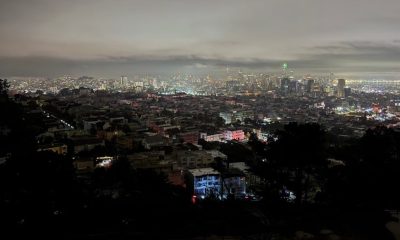
 International4 days ago
International4 days agoFire at substation triggers major blackout in San Francisco
-
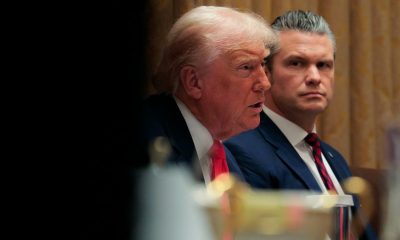
 International3 days ago
International3 days agoTrump Orders Construction of New ‘Golden Fleet’ to Revitalize U.S. Naval Superiority
-

 International5 days ago
International5 days agoArgentina detects first local cases of Influenza A (H3N2) Subclade K



























